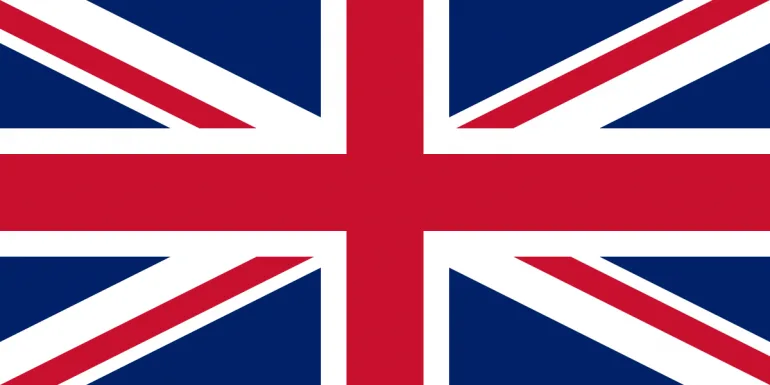Manual Therapy for Orthopaedic Conditions
At Yonge Cummer Rehab, assessments and treatments incorporate electrotherapy, joint mobilization and soft tissue release with active exercises and self-management strategies. Education for postural and biomechanical awareness, core stabilization, progression/return to previous activity level, and prevention of recurrence or further injury are all essential components of treatment.
Our evidence-based and highly advanced physiotherapy practice includes expertise in assessment and treatment of sports injuries in professional athletes and amateurs.
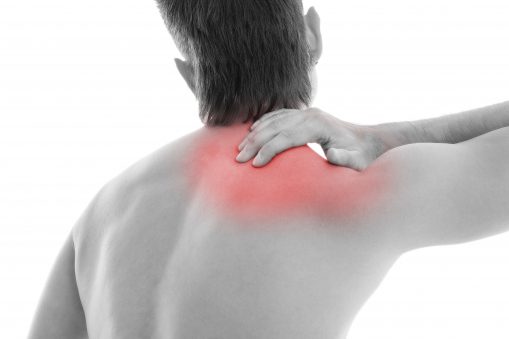
Shoulder
There are different types of shoulder pain. It may feel deep and achy, it might be in a specific spot or widespread – this depends on the different tissues involved.
There are different shoulder conditions such as Rotator cuff syndrome, Frozen shoulder, Arthritis and impingement. These injuries can be caused by acute injury such as soft tissue strains which can happen during a fall or overuse injuries which can be caused by repetitive trauma to the joint. Poor posture, muscle imbalance and overuse are the main risk factors which can lead to chronic shoulder pain.
How we can help:
A comprehensive assessment shows which structures are not functioning well in your shoulder. After coming up with the diagnosis, your physiotherapist will design an individualized treatment plan for you. This treatment plan might include different treatment techniques such as Ultrasound, Laser, Manual therapy, Supervised or Home exercise program. The first goal for management of shoulder injuries is to increase the pain free range of motion of our clients. This will help them to be able to move easier and perform their home exercises better. If you have pain in your shoulder at night, we should address the pain first. This will help you to sleep better as many shoulder conditions decrease sleep quality for patients.
The second goal is to increase your strength and function in a way that you can return to your pre-injury level with more confidence and as soon as possible. To reach this goal we need to prescribe a special exercise program based on your goals and your needs. Your physiotherapist will reassess you and gives you a maintenance program before your discharge. This program helps to decrease the risk of reoccurrence of your painful shoulder condition. Your feedback on the difficulty and adherence to the home exercise program gives your physiotherapist and insight on how to design your treatment plan.

Neck and upper back pain
A burning pain in your neck or on top of your shoulders, a bothering ache between your shoulder blades, a shooting pain to your arm or a tingling or numbness which travels all the way dawn to your hand might be related to your neck or back.
Neck and upper back pain are two of the most common types of pain; possibly a reflection of the more sedentary modern lives we lead, e.g. desk work, looking down at mobile phones, etc.
When the nerves that travel from you neck to your arms get irritated by a bulging disk, or a tight muscle or fascia, you feel pain in different areas from your head to your back and from your shoulder blades to your hand. This irritation might cause tingling, numbness or weakness in addition to the pain.
How we can help:
Living with pain can affect your life in so many ways. The key to beating chronic pain is understanding why you’re experiencing it. That’s why we believe a detailed assessment is so critical in the treatment of pain and injuries. The key to us resolving your pain is a thorough assessment and recording your full, in-depth injury history. We need to know if you’re compensating for a previous injury, and if so, how and why.
During the assessment session, your physiotherapist will perform neurodynamic tests and check your reflexes to find out if there is pressure on your nerve roots or your pain has a muscular origin. If there is inflammation in the nerve root we have to work collaboratively with your doctor to gradually decrease the inflammation, reduce your pain, and improve your nerve condition.
If your pain has a muscular origin, we have to work manually on the muscles to release all your tight and painful muscle knots and strengthen the muscles to avoid your pain from re-occurring. Then we have to work on your posture to reduce the gravity pressure on your spine.
We use various physiotherapy techniques such as manual therapy, spinal mobilization, active release technique (ART), dry needling, ultrasound therapy, massage and therapeutic exercise to release your tight muscles and strengthen your spine. These are the most effective techniques to reduce your pain and help improve your posture and spinal mobility.

Sciatica/lower back pain
Sciatica is caused by pressure on, or irritation of, the sciatic nerve. The sciatic nerve is one of the major nerves that runs through your lower back, buttocks and down your leg. When irritated, symptoms may include pain, numbness, tingling, hot and cold sensations, and weakness in the legs. Symptoms are worst during movements that involve bending forwards, coughing, and twisting. Many cases of sciatica occur as a result of compensation of your movement and stability. Sciatica can also be caused from disc bulging, spinal stenosis, or misalignment of one vertebra over the other. Fortunately, most cases are resolved quickly with physiotherapy treatment and surgery is not usually needed.
How we can help:
First, we need to establish the type of sciatic pain you’re experiencing and the source of your sciatic nerve irritation. Once we’ve figured this out, we can treat it accordingly. The goal is simple: relieve pressure on the nerve and ensure it can ‘glide’ through the necessary soft tissue structures along its path.
If your lifestyle habits are contributing to the sciatic pain you’re experiencing, we will address them. Many cases of sciatic pain are due to the patient compressing one side of their body by placing more weight on it. If your sciatic nerve is being compressed by how you’re sitting, standing or moving, then we will help you correct this. Physiotherapy treatment will involve correcting posture, improving core strength, gentle stretching of the low back and hamstrings, and incorporating proper lifting techniques. It also includes active release of the muscles that are putting pressure on the sciatic nerve, as well as using electrotherapy to decrease inflammation in the nerve roots and improving the strength of the deep muscles in the spine in order to improve low back arch. Once the pain goes away, a strengthening program will be involved in order to prevent re-occurrence of this condition. The home exercise program will be created based on individual needs, abilities as well as adherence to the program itself by your physiotherapist.
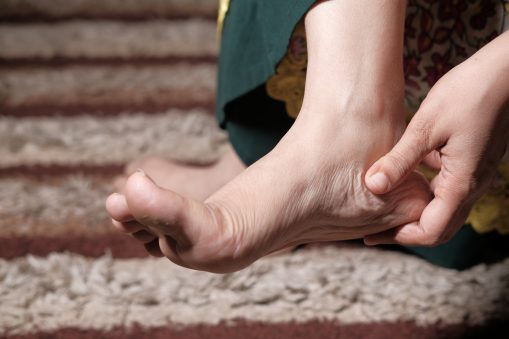
Plantar fasciitis
The plantar fascia is a thick band under your foot that connects your heel bone to your toes. It supports the arch of your foot and acts as a shock absorber when you’re walking or running. If you repeatedly strain your plantar fascia, it gets weak, swollen, and irritated over time.
Plantar fasciopathy is the degeneration of your plantar fascia. It develops in stages and may begin with slight discomfort in your foot that is especially noticeable when walking or running. Another early warning sign of plantar fasciitis is severe pain in the morning in just one foot. This pain generally radiates from your heel and along the bottom of your foot.
How we can help:
We use a multi-dimensional approach in treating plantar fasciitis. By using hands-on soft tissue therapy techniques, we can completely release all of the tightened and affected soft tissues in your leg and foot to decrease your pain and help your body to speed up the healing process.
Our Chiropodist can also identify why you’re overloading your plantar fascia by doing a thorough foot and ankle assessment. If necessary, we can have orthotics made for you.
We can take you through specific exercises to strengthen the intrinsic muscles of your foot so you can have better control of your foot arch while standing, walking, and running. Once your foot is properly functioning, it’s unlikely you will experience any more foot pain!
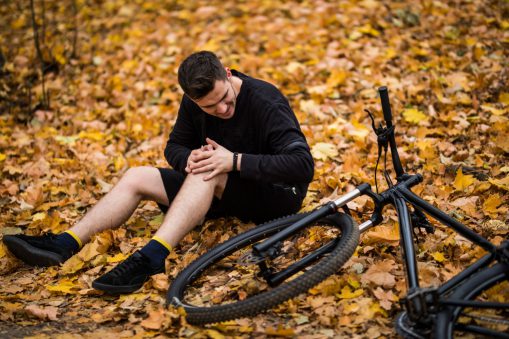
Sports injuries
Sports injuries are commonly caused by overuse, direct impact, or the application of force on a body part. There are two kinds of sports injuries: acute and chronic. An injury that occurs suddenly, such as a sprained ankle caused by an awkward landing, is an acute injury.
A chronic injury is the result of prolonged, repetitive motion that is particularly common in endurance sports such as swimming, running and cycling. As such, chronic injuries are often referred to as overuse injuries.
How we can help:
After a sports injury, the first questions asked by most athletes are: “When can I compete again?” or “What is the best type of physiotherapy for me?” The goals of the injured athlete and the treating clinician are the same—to facilitate a timely and safe return to sport.
We help identify and address any weak links in your movement which might be contributing to your injuries. We use a combination of movement coaching, manual therapy and body awareness. This therapy is extremely successful and considered the best physiotherapy for sports injuries; we’ve helped people with almost every kind of painful orthopaedic condition.
We’re committed to helping you reach your goals, and if you’re willing to put in the necessary work, anything is possible. We don’t just treat your symptoms, we help you get back to your daily routine and the sports you love.
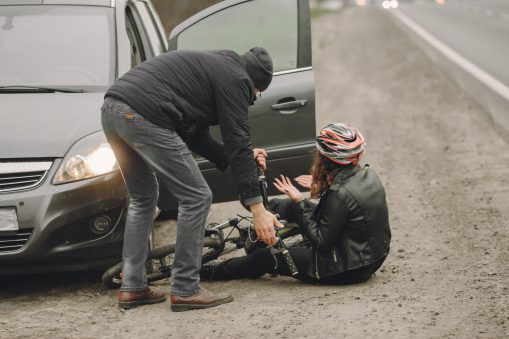
Motor Vehicle Accidents (MVA)
Following a MVA a patient may develop neck pain, upper back pain, headaches, low back pain and a whiplash injury. Due to the sudden jolt of a car accident muscles and joints that are involved can become sprained stained and may take a longer time to heal compared to basic sprains and strains. In a whiplash injury the neck is moved backward and forward quickly and this can damage the muscles, joints and ligaments in the patient’s neck causing pain in the neck and upper back area. Headaches can occur as a result of whiplash due to the injury to the muscles of the neck. Low back pain is also caused from a whiplash injury as the spine is moved quickly from a neutral position to extension (overarching) to flexion (bending forwards) causing injury to the soft tissues around the low back area where the pelvis connects to the spine.
How can we help:
Physiotherapists are trained to treat whiplash injuries. Treatment involves pain relief through joint mobilization and electrotherapy such as laser, ultrasound, electrical stimulation and active muscle release. After the pain is no longer there the focus will be on improving strength and range of motion in the neck. Headaches can be improved by releasing deep muscles in the neck that may be tight causing pain to radiate as well as using electrical therapy to reduce inflammation for the muscles around the neck. Low back pain can be reduced by using electrotherapy, soft tissue techniques and manual techniques to reduce inflammation and release the muscles that are affected. Strengthening will also be important for the neck and low back in order to prevent the re- occurrence of pain. A home exercise program will be individualized based on the injuries, the ability of the patient as well as time constraints the patient may have to adhere to the program.
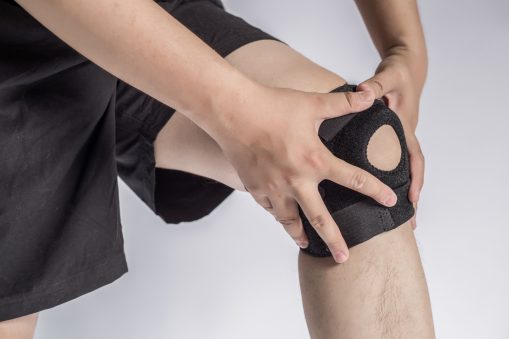
Knee
Injuries to the knee can vary but some of the most common ones are ligament tears, patellofemoral pain syndrome, patellar tendinosis, knee bursitis, IT band friction syndrome, arthritis and Meniscus injuries. Signs and symptoms can vary based on the condition but often there is knee pain either on the medial or lateral joint line, there can be pain with walking, running, walking down the stairs, decreased range of motion. There also may be swelling, tenderness when touching the knee, localized swelling, weakness in the quadriceps, locking of the knee and patients may feel like their knee is giving out.
How we can help:
Your physiotherapist has to conduct special clinical tests to see which structure in your knee is causing you pain. The treatment plan of the ligamentous injuries are much different from tendons or cartilage problems. Sometimes we have to work on your knee cap mobility to improve your pain, as when your knee cap does not move properly in front of your knee, the cartilage becomes inflamed and painful. Sometimes your physiotherapist has to work on the above or the below joints such as your hip or your ankle. Any mobility issues in those joints can affect your knee and potentially cause pain in your knee. Electrotherapy, manual techniques, and taping can be used alongside a specialized exercise program designed load the knee in an incremental fashion. This will help the tissues in the knee to adapt to external forces and therefore this can improve the patient’s functional status.
